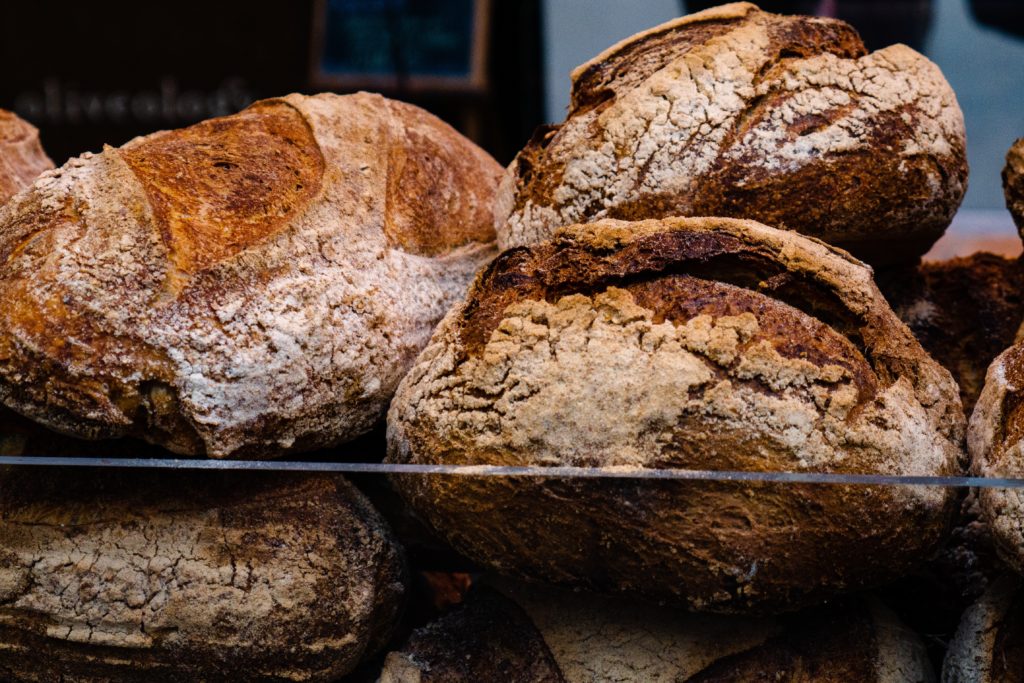Shopping is something you do since your childhood. You go to your favourite supermarket, select the usual products that you saw on TV or the products that you buy every time and come home.
But has anyone of you considered shopping in a healthy way? These are some tips for no one told you about shopping for ealthier life.
Natural sugars vs added sugar
Ever since I changed my diet to a healthier one I became more self-aware about the sugar in food that I buy.
There are two kinds of sugars in our food products. The naturally occurring sugar and added sugar. The naturally occurring sugar is inside the vegetables and fruits that we eat.
The added sugar is added to our food when they are being processed and prepared.
The naturally occurring sugars are always better than added sugar. The naturally occurring sugars won’t cause your blood glucose levels to wildly fluctuate. This is good if you are having diabetes.
Therefore when shopping it is always better to shop for food with more natural sugars instead of added sugar.
According to the WHO the maximum advised daily sugar intake
- Adult male 37.5 grams or 9 teaspoons per day
- Adult female 24 grams or 6 teaspoons per day
- Children 16 grams or 4 teaspoons per day
The above values are the maximum advised amount of sugar a person can consume in a day, but it is always recommended to keep your sugar intake as low as possible.
Even food that looks healthier like yogurt can contain lots of added sugar.
Shop for sugar-free or low sugar products
Most foods nowadays print the nutritional details on the packaging. Sometimes these can be very complex and difficult to understand.
But the simplest way is to see the colour coding on the packaging for sugar, fat and salt.
Make sure you select the food which has green for sugar as much as possible. That means selecting either no sugar or low sugar products.
And using our above maximum advised sugar intake values try to get an idea on which food you should leave out from your grocery list.
most food products have a sugar free version, so keep an eye on them and buy the sugar free version of your favourite food products whenever possible. For example sugar free ice-cream and sugar free beverages.
Pick wholegrain bread over white bread
White bread has a high glycemic index. The higher the glycemic index the higher the chance of blood glucose fluctuations.
Whole grain bread has a lower glycemic index and is always a healthier choice than white bread. Not only that some whole grain bread has more nutritional value than white bread.
So make sure you pick whole grain bread next time instead of your usual white bread.
Double-check your fruits for their glycemic index
Did you know that even though natural sugars are better some fruits have a higher glycemic index than others?
So you should not eat some of these fruits with high glycemic index on a regular basis and instead select fruits with a lower glycemic index. This is especially true if you are someone with diabetes.
For example, watermelon has a very high glycemic index of 72. While bananas have a glycemic index around 50. And guava has a glycemic index of 32.
Use the chart below to get an idea about glycemic index values of some food.
Select the low fat options
Just like low sugar or no added sugar food you always have options to select food with content.
The best examples of low-fat foods are milk and butter and yoghurt.
One reason most people don’t like to buy low-fat options because they taste different from the normal variant. However they can vastly improve your health and lower your blood cholesterol levels.
This is also true if you are someone with diabetes, as they have a higher chance of having blood cholesterol levels due to the deranged metabolism.
The idea of having low fat or non fat products is the current healthy dietary recommendation in most developed countries. The main reason for this is the growing number of people with diabetes in the developed world.
However, this has come to question in some recent scientific studies. But until the guidelines change, it is always recommended to follow low-fat dietary products.
